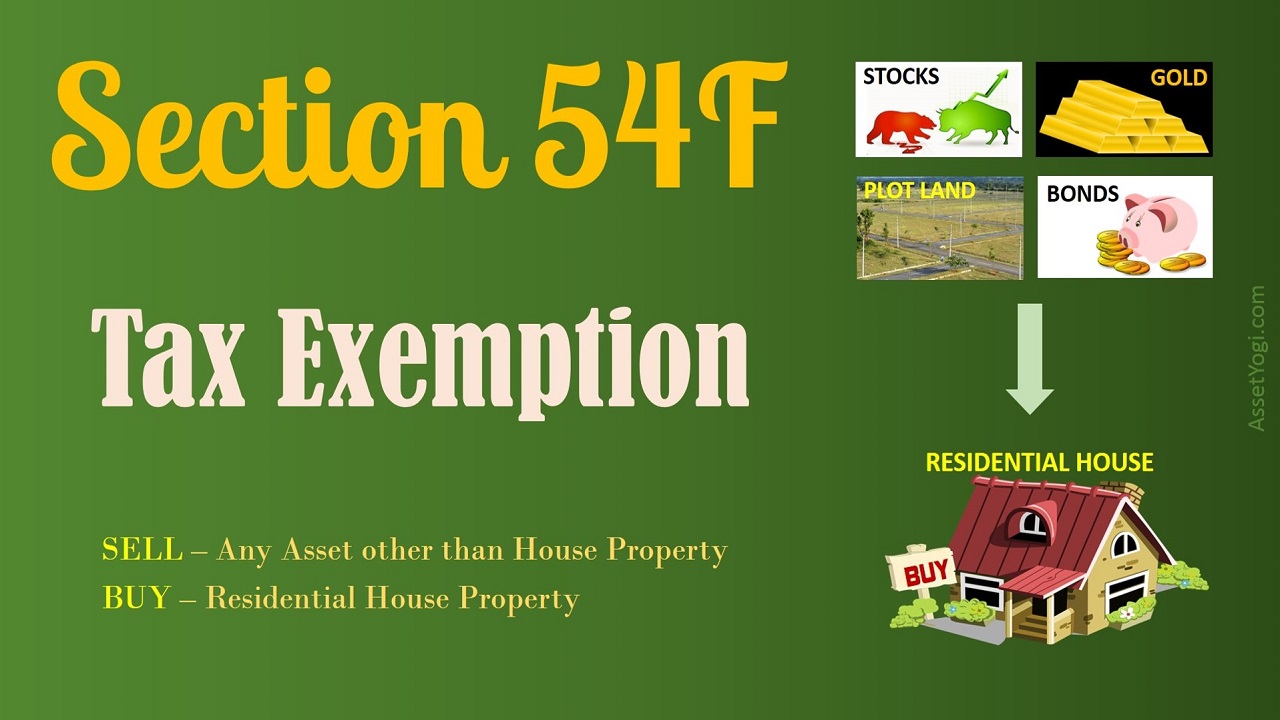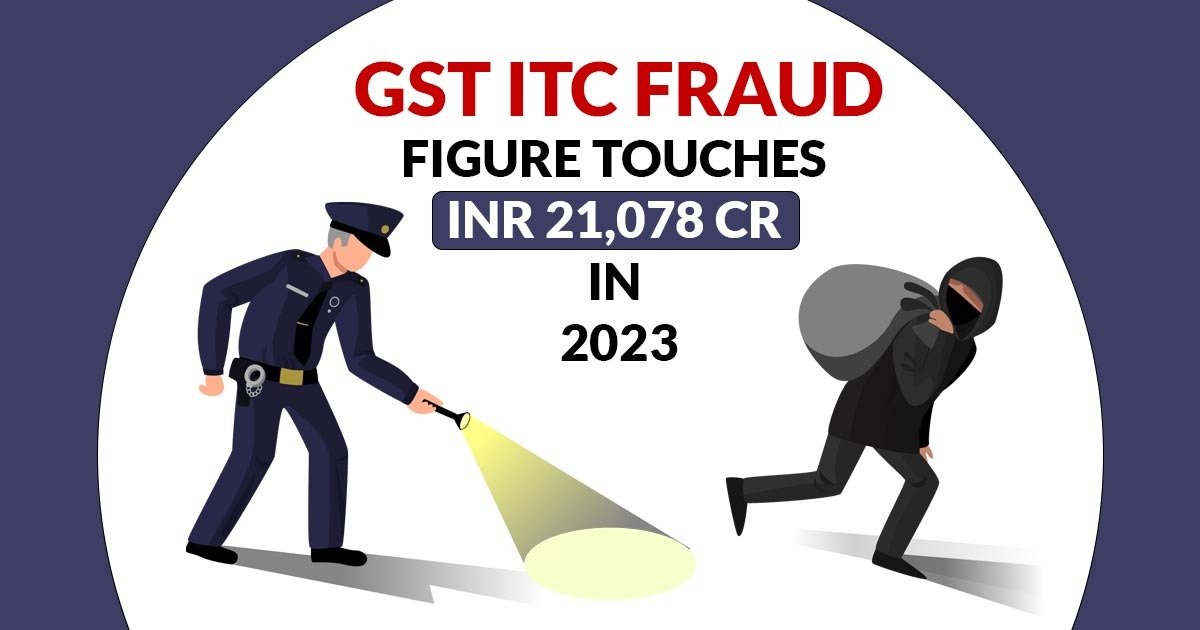Ram Surat Ram (Maurya), J. - Heard Sri. Jagdamba Prasad Yadav, for the petitioners in both the writ petitions and Standing Counsel for the respondents.
2. Writ B No. 45209 of 2016 has been filed against the orders of Chief Revenue Officer dated 09.04.2013, deleting the names of Harideen, Paremeshwar Prasad, Mani Ram, Gaya Prasad, Rakesh, and Rajesh Kumar, from plot 287 (area 0.304 hectare) of village Bharsada, pargana Barausa, district Sultanpur and Board of Revenue, U.P. dated 29.07.2016, dismissing revision of the petitioners. Writ B No. 45211 of 2016 has been filed against the orders of Chief Revenue Officer dated 18.03.2013, deleting the name of Darbari, from plot 287 (area 0.304 hectare) of village Bharsada, pargana Barausa, district Sultanpur and Board of Revenue, U.P. dated 29.07.2016, dismissing revision of the petitioner, in the proceeding under Section 198 (4) of U.P. Zamindari Abolition and Land reforms Act, 1950 (hereinafter referred to as the Act).
3. Sub-Divisional Officer, by order dated 29.03.1992, passed in Case No. 8, under Section 122-B (4-F) of the Act, declared Darbari as ''bhumidhar with non-transferable right'' of plot 287 (area 1-0-0 bigha), Harideen (now represented by Paremeshwar Prasad and Mani Ram) as ''bhumidhar with non-transferable right'' of plot 287 (area 1-4-0 bigha), Bindeshwari Prasad (now represented by Gaya Prasad, Rakesh, and Rajesh Kumar) as ''bhumidhar with non-transferable right'' of plot 287 (area 1-0-0 bigha), who claim to be a landless agricultural labourer belonging to Scheduled Caste of village Bharsada. The petitioners have not filed copy of the order dated 29.03.1992. They have filed copy of khatauni of the year 1399 F-1404 F, in which plot 287 was recorded as ''talab'', which contains an endorsement of the alleged order dated 29.03.1992, recording names as aforesaid.
4. Lekhpal of the village submitted a report dated 20.06.2012, stating therein that plot 287 (area 0.253 hectare) was ''talab'' land. The names of Darbari, Harideen and Bindeshwari Prasad were wrongly recorded over it on the basis of patta approved by order of Sub-Divisional Officer dated 18.05.1992. This report was forwarded by Tahsildar and Sub-Divisional Officer to the Collector on 20.06.2012. The Collector by order dated 21.06.2012 directed to register the case and transferred it to Chief Revenue Officer for disposal. Chief Revenue Officer issued a show cause notice to the petitioners under Section 198 (4) of the Act. The petitioners submitted their reply on 21.08.2012. They stated that new plot 287 was carved out from old plot 1137, on which their ancestors were in possession. This plot was never in the shape of ''talab'' rather it was agricultural land in which they were doing agriculture. The petitioners were landless agricultural labourers belonging to Scheduled Caste. They acquired ''bhumidhar with non-transferable right'' under Section 122-B (4-F) of the Act. Sub-Divisional Officer has rightly directed for recording their names over the disputed land.
5. Chief Revenue Officer, after hearing the parties, by orders dated 18.03.2013 and 09.04.2013, respectively held that High Court in Writ Petition No. 47176 of 2009, Dinanath v. State of U.P., by order dated 08.09.2009, in compliance of the order of Supreme Court in Hinch Lal Tiwari v. Kamla Devi, (2001) 6 SCC 496, directed to eject the person in possession of ''talab'' land, who may be either allottee or unauthorized occupants. On these findings, he set aside the order of Sub-Divisional Officer dated 18.05.1992 and directed to delete the names of the petitioners from disputed land. The petitioners filed their revisions (registered as revision Nos. 11 and 13 of 2012-13), which were dismissed by Board of Revenue U.P. by orders dated 29.07.2016. Hence, these petitions have been filed.
6. The counsel for the petitioners submitted that new plot 287 was carved out from old plot 1137, on which the ancestors of the petitioners were in possession. This plot was never in the shape of ''talab'' rather it was an agricultural land in which they were doing agriculture. The petitioners were landless agricultural labourers belonging to Scheduled Caste. They acquired ''bhumidhar with non-transferable right'' under Section 122-B (4-F) of the Act. Sub-Divisional Officer has rightly allotted the land to the petitioners under Section 195 of the Act and directed for recording their names over it. Section 132 (a) of the Act is applicable over the ''lands covered by water'' and not the land of ''tank'', ''pond'' and ''talab'', which were vested under Section 117 (1) (vi) of the Act, in Gaon Sabha. The disputed land is being used for agricultural purposes, which is proved from khasra extracts filed by the petitioners. Without recording any findings that the disputed land was a ''land covered by water'', respondents-1 and 2 have wrongly directed for deleting the names of the petitioners. The orders of Chief Revenue Officer and Board of Revenue U.P. Are illegal and liable to be set aside.
7. I have considered the arguments of the counsel for the parties and examined the record.
8. The words ''tank'', ''pond'' and ''talab'' are synonym of the same word ''tank'' which came for consideration before Supreme Court in K.N. Farms Industries (P) Ltd. v. State of Bihar, (2009) 15 SCC 275, in which dictionary meaning of the tank has been accepted, which is as follows:-
"The word "tank" is defined in P. Ramanatha Aiyar''s Advanced Law Lexicon (3rd Edn., Vol. 4, p. 4608) as follows:
"Tank.--A pond or pool, or lake; a tank is often of many acres in extent; an irrigation reservoir, a dammed-up ravine or other suitable place for collecting the water....
All the following three together, namely, (i) the underground or the land underneath, on which water is stored, (ii) the embankment or the bandh which serves the purpose of keeping the water confined within its boundary, and (iii) the bed or pit of the tank, is known as tank."
9. The phrase ''land covered by water'' has wide connotation and includes "pond'', ''tank'', ''pool'' or ''lake'', in which (i) the underground or the land underneath, on which water is stored, (ii) the embankment or the bandh which serves the purpose of keeping the water confined within its boundary, and (iii) the bed or pit of the tank, is known as tank." The arguments, contrary to it, is not liable to be accepted.
10. Section 132 imposes a restriction for accruing ''bhumidhari'' or ''sirdari'' right over the land of the categories enumerated in it. The relevant date for imposing this restriction would be the date of vesting, which is generally in entire State of U.P. is 01.07.1952. The nature of the land has to be examined on the date of vesting. Section 122-B (4-F) of the Act also imposes similar restriction. In the present case, the village underwent in consolidation and entry of ''talab'' over disputed land has been maintained. The arguments that there is no ''talab'' on the spot is not liable to be accepted as claim in this respect is barred under Section 49 of U.P. Consolidation of Holdings Act, 1953. The disputed land was recorded as ''talab'' in khatauni 1399 F-1404 F in which endorsement of the names of the petitioners made.
11. Although, there is restriction for granting ''bhumidhari'' or ''sirdari'' over the land of the categories enumerated in Section 132, but its importance has been drastically considered by Supreme Court in Hinch Lal Tiwari v. Kamala Devi, (2001) 6 SCC 496, in which it has been held as follows:-
"From a combined reading of the provisions aforementioned, it is plain that the subject-matter of allotment of house sites is lands referred to in clause (i) of sub-section (1) and not tanks, ponds, private ferries, water channels, pathways referred to in clause (vi) of sub-section (1) of Section 117 of the Act. It appears to us that due to inappropriate drafting the expression "and abadi sites" is wrongly placed in clause (vi).
From the report of the Tahsildar dated 18-4-1990 which is termed as the first report, it is clear that in the said Survey No. 774-KA, there is a pond (talab). The same is the substance of the report of the SDO dated 20-4-1990. Two more reports were called for by the orders of the High Court. They are dated 12-9-1999 and 3-4-2000. We do not find any substantial difference between these reports and the reports prepared by the Tahsildar and the SDO. We may also mention here that in khasra khatauni for the years 1387 to 1392 Fasli (corresponding to years 1980 to 1985) and 1393 to 1398 Fasli (1986-92) the description of the said survey number is given as pond. Consistent with those entries the Additional Collector found it to be a pond (talab) and cancelled the allotment of plots in favour of the said respondents. The Commissioner rightly confirmed the order of the Additional Collector. In writ petition, the High Court, in the impugned order, noted:
''From the report of the Sub-Divisional Officer dated 3-4-2000 it is clear that the land had the character of a pond but due to passage of time most of its part became levelled. But some of the portion had still the character of a pond and during the rainy season it is covered by water. The area which is covered by water or may be covered by water in the rainy season could not be allotted as abadi site to any person.''
It is important to notice that the material resources of the community like forests, tanks, ponds, hillock, mountain etc. are nature''s bounty. They maintain delicate ecological balance. They need to be protected for a proper and healthy environment which enables people to enjoy a quality life which is the essence of the guaranteed right under Article 21 of the Constitution. The Government, including the Revenue Authorities i.e. Respondents 11 to 13, having noticed that a pond is falling in disuse, should have bestowed their attention to develop the same which would, on one hand, have prevented ecological disaster and on the other provided better environment for the benefit of the public at large. Such vigil is the best protection against knavish attempts to seek allotment in non-abadi sites.
Respondents 11 to 13 shall demolish the construction and get possession of the said land in accordance with law. The State including Respondents 11 to 13 shall restore the pond, develop and maintain the same as a recreational spot which will undoubtedly be in the best interest of the villagers. Further it will also help in maintaining ecological balance and protecting the environment in regard to which this Court has repeatedly expressed its concern. Such measures must begin at the grass-root level if they were to become the nation''s pride."
12. This judgment has been again reinforced in Jagpal Singh v. State of Punjab, (2011) 11 SCC 396 as follows:-
"Over the last few decades, however, most of these ponds in our country have been filled with earth and built upon by greedy people, thus destroying their original character. This has contributed to the water shortages in the country. Also, many ponds are auctioned off at throw away prices to businessmen for fisheries in collusion with authorities/Gram Panchayat officials, and even this money collected from these so-called auctions is not used for the common benefit of the villagers but misappropriated by certain individuals. The time has come when these malpractices must stop."
13. Division Bench of this Court in Writ Petition No. 47176 of 2009, Dinanath v. State of U.P., by order dated 08.09.2009, issued a general direction to State Government to comply the order of Supreme Court in Hinch Lal Tiwari (supra) and maintain tanks etc., which were in existence on the date of vesting.
14. In view of the aforesaid discussions, the writ petitions have no merit and are dismissed.

